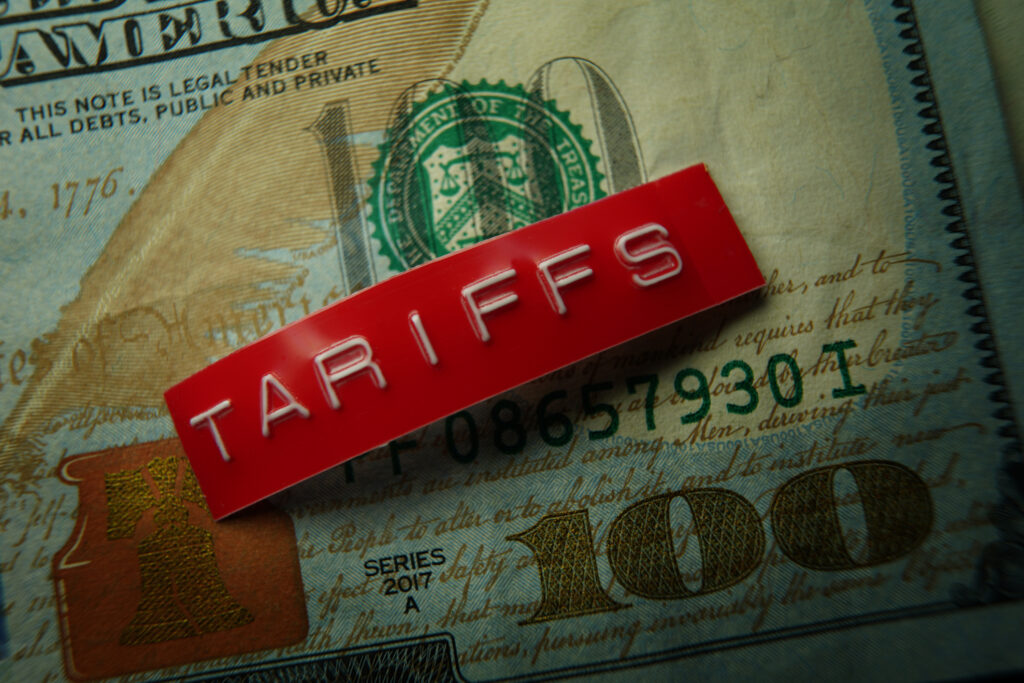A new study based on data collected from Maryland state government agencies reveals the state’s elections now cost 10 times what they did in 2002, almost entirely because of the operating costs of the state’s direct-recording electronic (DRE) voting machines.
According to the study from the Maryland voting rights organization SaveOurVotes, the DRE machines cost Maryland taxpayers $10.7 million per year. As recently as 2003 the total cost of voting equipment, including lease payments, was less than $4 million annually. State voting costs broke $20 million in 2007, and the State Board of Elections budget neared $30 million.
The study, “Cost Analysis of Maryland’s Electronic Voting System,” released on February 25, aims to make Maryland taxpayers feel the “sticker shock” of the state’s switch to electronic voting.
More Machines
Part of the problem is that many more touch-screen machines are needed (one per precinct) than optical scan (one per county).
“The difference in operating costs is due mostly to the simplicity of the optical-scan system,” said Rebecca Wilson, co-director of SaveOurVotes. “One optical-scan machine to count the ballots and one ballot-marking machine to aid voters with disabilities will replace an average of 10 [DRE] machines in each precinct.”
Maryland is one of few states with a uniform statewide voting system, and the state’s switch to DRE voting preceded the 2002 Help Americans Vote Act. Both were inspired by the controversy over the 2000 presidential election and the recount in Florida that delayed the election’s certification by more than a month.
However, electronic voting has proved at least as controversial nationally as the punch card ballots used in Florida, though Maryland previously used optical-scan balloting instead.
Troubled Record
Elections where DRE voting has caused problems include the November 2006 election in Sarasota County, Florida. Republican Vern Buchanan initially led Democrat Christine Jennings by fewer than 350 votes district-wide, but 18,000 Sarasota ballots indicated no preference in the race, called an “undervote.” This was an unusually high 13 percent of all ballots in the county, while optical-scan machines in surrounding counties recorded an undervote rate of less than 2 percent. Following a recount, Buchanan was certified the winner.
Wilson said her organization has no fundamental objection to voting by DRE except for the cost and the fact the votes are recorded only in the memory of the computer, raising questions about the validity of results. “There is no way for [voters] to know if their votes were recorded as they intended to cast them,” said Wilson, “and no way to check the accuracy of the machines or to do a true recount.”
Can’t Be Checked
Wilson noted the code in such machines is considered a “company secret.” She would like to see new entrants offer machines using “off-the-shelf components and open-source software that would allow our governments to put together their own inexpensive voting solutions tailored to their own needs,” she said. “Opening this up to public scrutiny and the input of computer experts would undoubtedly result in much better systems.”
Election Systems & Software, Sequoia, and Premier Election Systems are the country’s three major voting equipment manufacturers.
Premier was known as Diebold Election Systems until August 2007 and is arguably the most controversial. Following the 2006 elections, Diebold publicly announced it was weighing whether to stay in the market. First it removed the company name from its machines, and then it changed the subsidiary’s name altogether.
The majority of Maryland’s DRE operating costs go to Premier for operations and maintenance.
Simpler, Cheaper System
George Liebmann, executive director of the Calvert Institute for Policy Research in Baltimore, agrees Maryland’s adoption of DRE voting is too expensive, and he too faults the lack of an “auditable record.”
Yet Liebmann de-emphasized any one type of voting as the right way to go. “I don’t think there is a mechanical answer,” he said. “If the will to be corrupt is there and the audit mechanisms are not, you’re going to get corruption, no matter what kind of ballot or machinery is used.”
Liebmann noted parliamentary elections in the United Kingdom are conducted using paper ballots. Wilson likewise says the “simplest, least expensive method” would be hand-marked, hand-counted ballots with special equipment only for those unable to handle a traditional ballot.
However, Liebmann notes, “We have a penchant for doing things expensively here.”
William Beutler ([email protected]) writes from Washington, DC.
For more information …
“Cost Analysis of Maryland’s Electronic Voting System”: http://www.heartland.org/article.cfm?artId=23211



